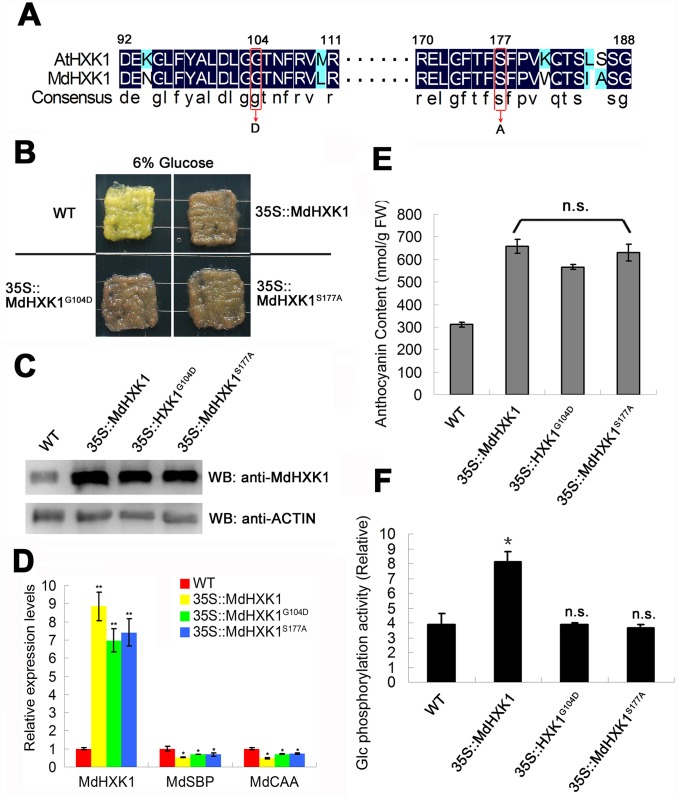Fig 1. MdHXK1 modulates anthocyanin accumulation mainly through the glucose signaling pathway.
(A) Partial amino acid sequences of HXK1 from Arabidopsis and apple orthologs are aligned. The highly conserved amino acids are highlighted with a black background. Conserved Gly (position 104 in AtHXK1 and MdHXK1) and Ser (position 177 in AtHXK1 and MdHXK1) residues are labeled with red boxes. (B) Phenotype of anthocyanin accumulation in the WT control and the 35S::MdHXK1, 35S::MdHXK1G104D and 35S::MdHXK1S177A transgenic apple calli treated with 6% glucose. Note: Before being treated with 6% exogenous glucose, these apple calli were suffered from a dark (24 hours dark)-induced glucose starvation to deplete endogenous glucose. (C) Western blotting analysis of MdHXK1 protein abundance in the WT and transgenic apple calli. (D) MdHXK1-mediated glucose-dependent gene repression. MdSBP, sedoheptulose-biphosphatase (accession no. XM_008384867); MdCAA, carbonic anhydrase (accession no. XM_008387117). (E) and (F) Anthocyanin content (E) and glucose phosphorylation activity (F) in the WT and transgenic apple calli. The data are shown as the mean ± SE, which were analyzed based on more than 9 replicates. Statistical significance was determined using Student’s t-test in different apple calli lines. n.s., P > 0.01; *P < 0.01.

